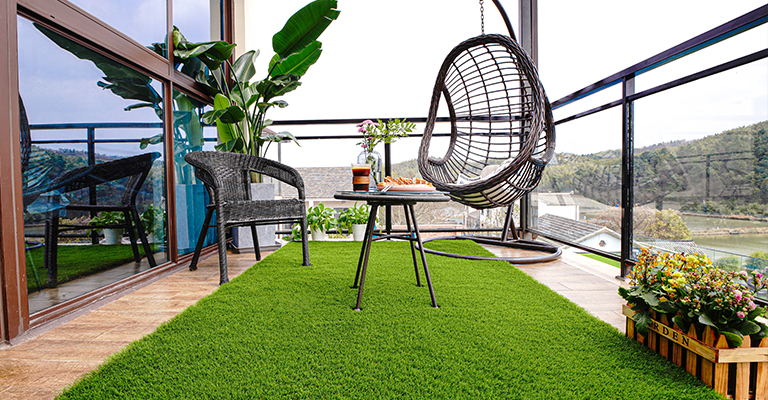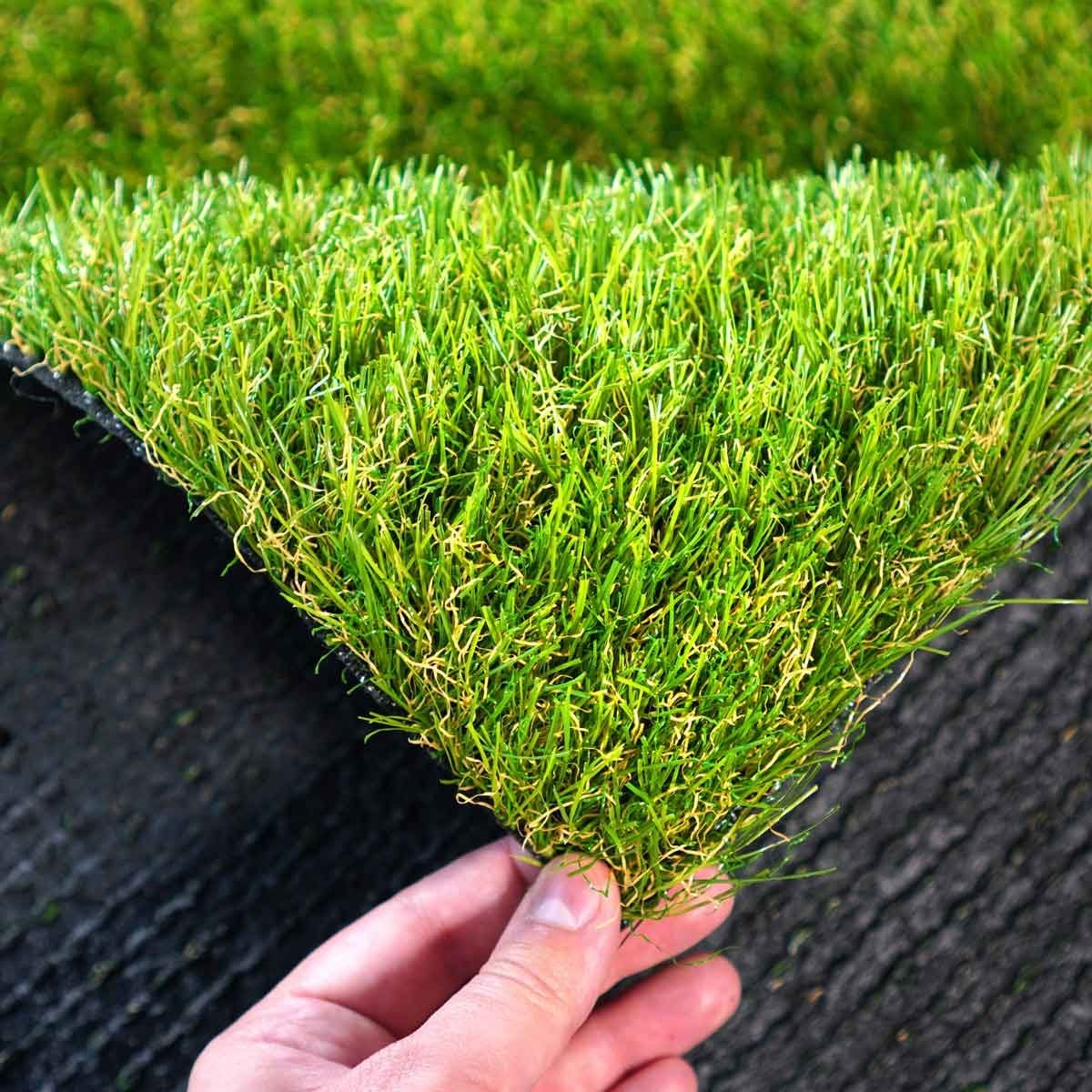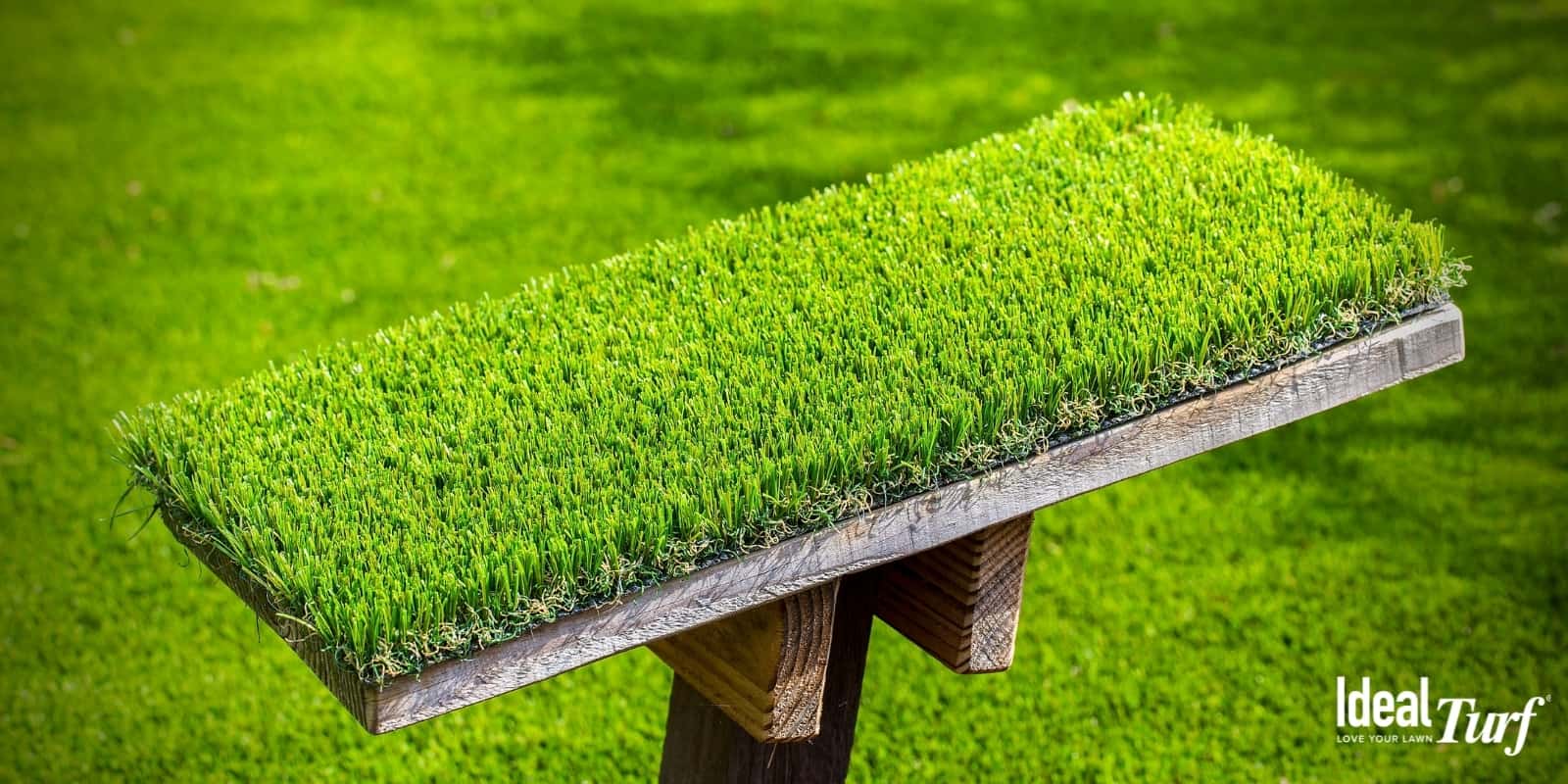Highly-Ranked Phoenix Turf Companies Providing Synthetic Grass Options
Wiki Article
Delve Into the Environmental Advantages of Opting for Synthetic Grass Solutions
The adoption of synthetic grass options provides a compelling opportunity to address pushing ecological difficulties. By considerably decreasing water usage and minimizing the application of unsafe chemicals, these choices not only promote sustainable landscape design however additionally secure neighborhood ecosystems. Moreover, the reduced carbon footprint associated with lowered maintenance activities contributes to a much more sustainable strategy to land administration. The ramifications of these benefits extend past plain preservation efforts, raising concerns concerning their long-lasting influence on habitat conservation and total ecological equilibrium. Exploring these dimensions exposes a complicated interplay worth considering.Water Preservation Perks
Among the most significant benefits of synthetic lawn is its capability to save water. Conventional turf yards require substantial irrigation, especially in locations prone to drought or water limitations. In contrast, synthetic grass does not require watering, dramatically reducing the overall demand for water resources. This feature is specifically helpful in deserts where water shortage is a pushing issue.By removing the need for routine watering, synthetic grass adds to sustainable landscape practices and assists alleviate the environmental effect of extreme water intake. Additionally, the conservation of water includes the reduction of overflow, which can cause soil erosion and waterway air pollution.
In addition, the installation of synthetic grass allows home owners and municipalities to allocate water sources extra efficiently, concentrating on essential uses such as alcohol consumption water and agriculture. The change towards man-made turf not just promotes accountable water usage but likewise lines up with broader environmental objectives intended at preserving all-natural sources.
As areas progressively focus on sustainability, the water preservation advantages of synthetic grass provide a compelling case for its adoption in business and domestic landscaping tasks.
Decreased Chemical Use
The shift to man-made grass considerably decreases the dependence on chemical treatments frequently used in natural turf maintenance. Conventional grass administration typically includes the application of herbicides, plant foods, and chemicals to promote development and control bugs. These chemicals can pose risks to human health and wellness, local wild animals, and the environment, adding to soil and water contamination.On the other hand, synthetic grass gets rid of the demand for these damaging materials. When installed, it calls for marginal upkeep, largely including routine cleansing and infrequent infill replenishment. This decrease in chemical use not just benefits the prompt environment yet likewise adds to wider ecological security. By reducing the release of synthetic substances right into the environment, synthetic grass advertises healthier soil and water supply.
Moreover, the absence of chemical overflow associated with synthetic grass installations helps shield local rivers from air pollution, supporting aquatic life and preserving biodiversity. Arizona artificial turf. As communities increasingly focus on sustainable techniques, choosing synthetic grass offers a feasible solution that aligns with ecological preservation objectives. With this shift, home proprietors can appreciate lavish green spaces without endangering environmental health and wellness, leading the way for a more sustainable future
Reduced Carbon Footprint

Moreover, the installation of synthetic grass can lead to significant water preservation. Natural grass call for considerable quantities of water for irrigation, which not only contributes to the carbon impact related to water extraction and treatment however also stress regional water sources. In contrast, synthetic grass requires minimal maintenance, requiring no watering, thereby substantially reducing water use and its linked power costs.
In addition, the longevity of synthetic grass contributes to its reduced carbon effect. With a lifespan of as much as 15 years or even more, the demand for constant substitutes is decreased, leading to less waste and reduced power intake in production and taking care of standard turf alternatives. Overall, synthetic grass offers a lasting option for ecologically aware landscape design.
Habitat Conservation
Habitat conservation is a critical consideration in the argument over landscape design options, specifically when comparing synthetic grass to natural lawn. Natural turf lawns article source usually call for substantial upkeep, consisting of the use of herbicides, chemicals, and plant foods, which can negatively impact neighborhood ecological communities. These chemicals can leach into the soil and waterways, hurting native plants and animals and interfering with neighborhood environments.
Man-made grass removes the demand for damaging chemicals, therefore safeguarding close-by wildlife and keeping the honesty of surrounding communities. The installation of synthetic grass can lead to the conversion of previous grass areas into even more biodiverse landscapes, such as pollinator gardens or indigenous plant locations, which can support regional wildlife.
Eventually, the shift to synthetic grass not only preserves water and decreases maintenance efforts yet likewise cultivates a more unified relationship in between human activities and the natural setting, promoting environment conservation at the find out here now same time.
Long-Term Sustainability
Lasting sustainability is a critical factor in examining the benefits of synthetic lawn over conventional grass yards. Among one of the most substantial benefits of artificial turf is its resilience; it can last up to 15-20 years with minimal maintenance, whereas natural lawn calls for regular reseeding and substitute. This long life minimizes the requirement for continuous sources, such as water, fertilizers, and chemicals, which are necessary for preserving a healthy yard lawn.Furthermore, man-made lawn contributes to a decrease in carbon discharges linked with grass treatment devices. Conventional yards usually need gas-powered lawn mowers, leaners, and blowers, every one of which contribute to air pollution. Phoenix turf companies. On the other hand, synthetic grass gets rid of the need for such equipment, advertising a cleaner atmosphere
Furthermore, the production of synthetic grass progressively makes use of recycled materials, enhancing its sustainability profile. As suppliers take on green practices, the ecological impact of synthetic grass continues to diminish.

Final Thought
The adoption of artificial lawn options provides significant ecological advantages, consisting of substantial water conservation, reduced dependence on harmful chemicals, and a reduced carbon impact. Additionally, synthetic grass help in preserving all-natural environments by lessening land disturbance and advertising long-term sustainability via making dig this use of durable products. Jointly, these elements highlight the capacity of synthetic grass to add positively to ecological health and wellness and supply a sensible choice to typical landscape design practices in an increasingly resource-conscious globe.In contrast, synthetic grass does not need watering, considerably reducing the total demand for water sources. By minimizing the launch of artificial substances right into the community, man-made turf advertises much healthier dirt and water systems.
In addition, the installation of artificial lawn can result in considerable water preservation. In comparison, synthetic lawn requires very little upkeep, calling for no watering, thus substantially reducing water use and its associated energy prices.

Report this wiki page